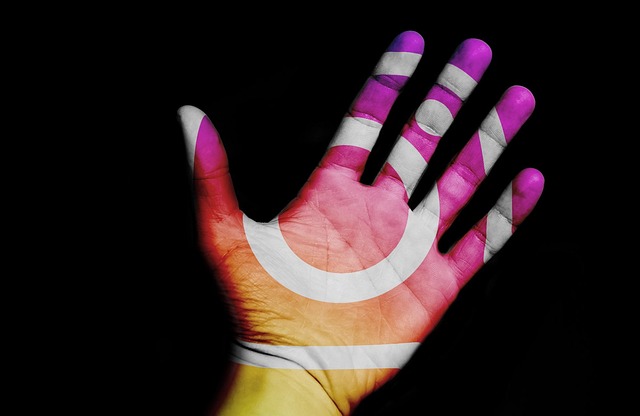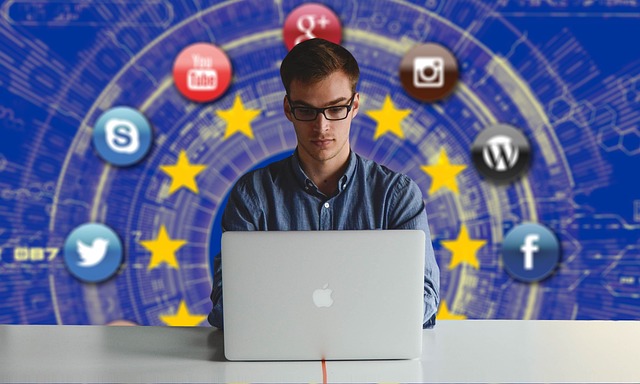The rise of social media has transformed every facet of modern communication, shaping how we produce, consume, and share multimedia content. From stunning visuals to engaging videos, platforms like Instagram, TikTok, and YouTube have catapulted multimedia content into the limelight, altering the landscape of information dissemination. But what does this mean for creators and consumers alike?
Social media’s impact on the creation of multimedia content is profound. Artists, brands, and influencers now have the ability to reach global audiences while crafting narratives that resonate on a personal level. These platforms have democratized content creation, allowing anyone with a smartphone and creativity to share their stories, ideas, and emotions through captivating visuals and sound. The immediacy of social media fosters a culture where multimedia content thrives—where a short clip can go viral overnight, creating trends that captivate millions.
Moreover, social media platforms prioritize multimedia content in ways that legacy media simply cannot. Algorithms favor videos and images, providing an organic reach that encourages users to engage via likes, shares, and comments. This interaction has transformed static content into dynamic experiences, fostering communities that rally around shared passions and interests. It empowers creators to harness collective feedback for their work, allowing them to refine and evolve their multimedia content in real-time based on audience responses.
However, the impact of social media goes beyond just the creation and consumption of multimedia content; it also shapes our perceptions and understanding of the world. As users scroll through their feeds, they are bombarded with a curated collective of experiences—often leading to the formation of echo chambers and a distorted sense of reality. The multimedia content that garners the most attention is not always the most informative or accurate but rather the most sensational or emotionally charged, resulting in a skewed understanding of issues. As consumers, we must cultivate critical thinking skills, sifting through the noise to discern what is genuine and what is manipulated.
Social media’s influence has also raised important questions about authenticity in multimedia content. With the onset of filters, photo editing, and even deepfake technology, distinguishing reality from artifice has become increasingly challenging. This transformation calls into question the ethical responsibilities of creators in conveying genuine narratives while balancing appeal. As the line between reality and fiction blurs, it necessitates greater media literacy to navigate the world of multimedia content effectively.
In this fast-paced digital age, social media continues to redefine the ways we engage with multimedia content, and it’s essential to remain conscious of its impacts. Whether you’re a creator aiming to share your message or a consumer looking to educate yourself, understanding the nuances of multimedia content is key to harnessing the power of social media responsibly. Embracing this new era means not only celebrating the creativity and innovation it fosters but also recognizing the challenges and responsibilities inherent in the art of storytelling.




